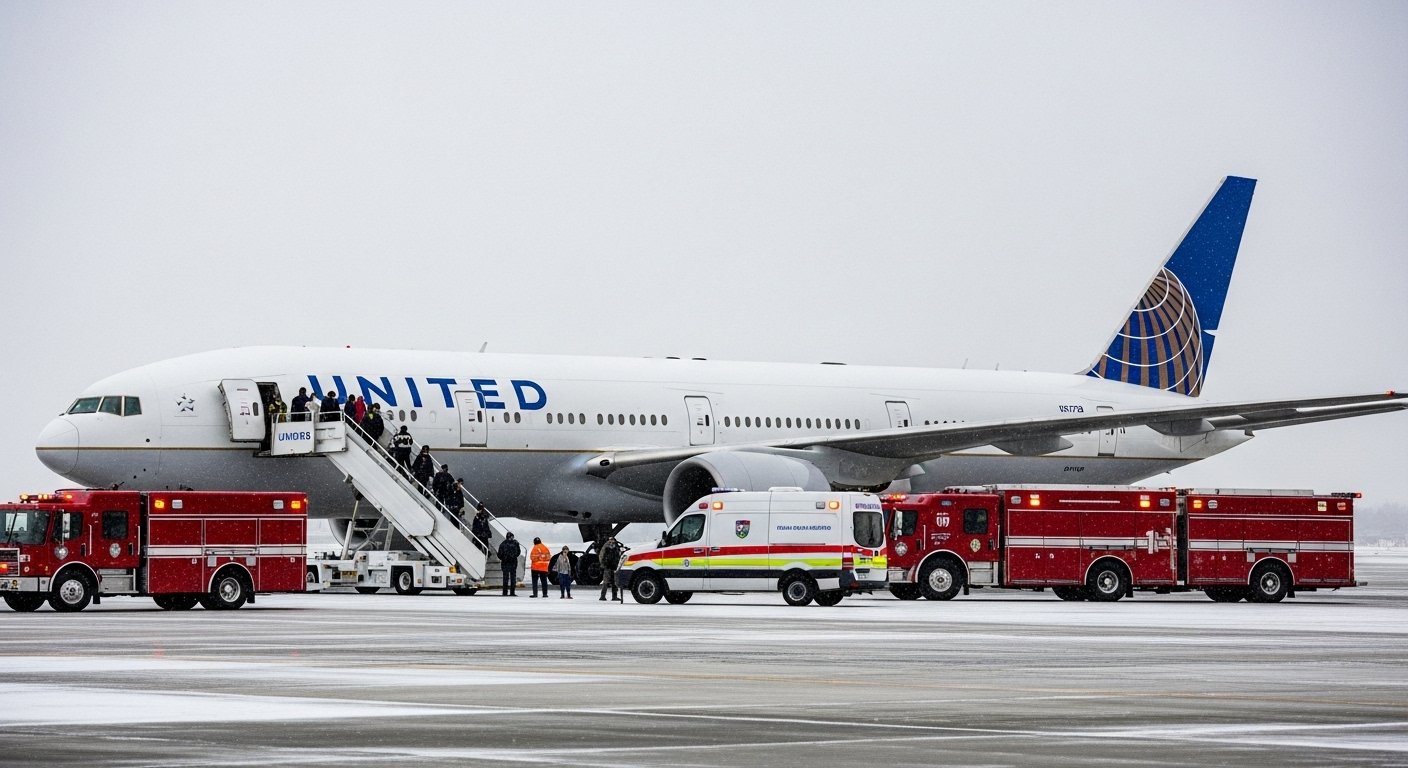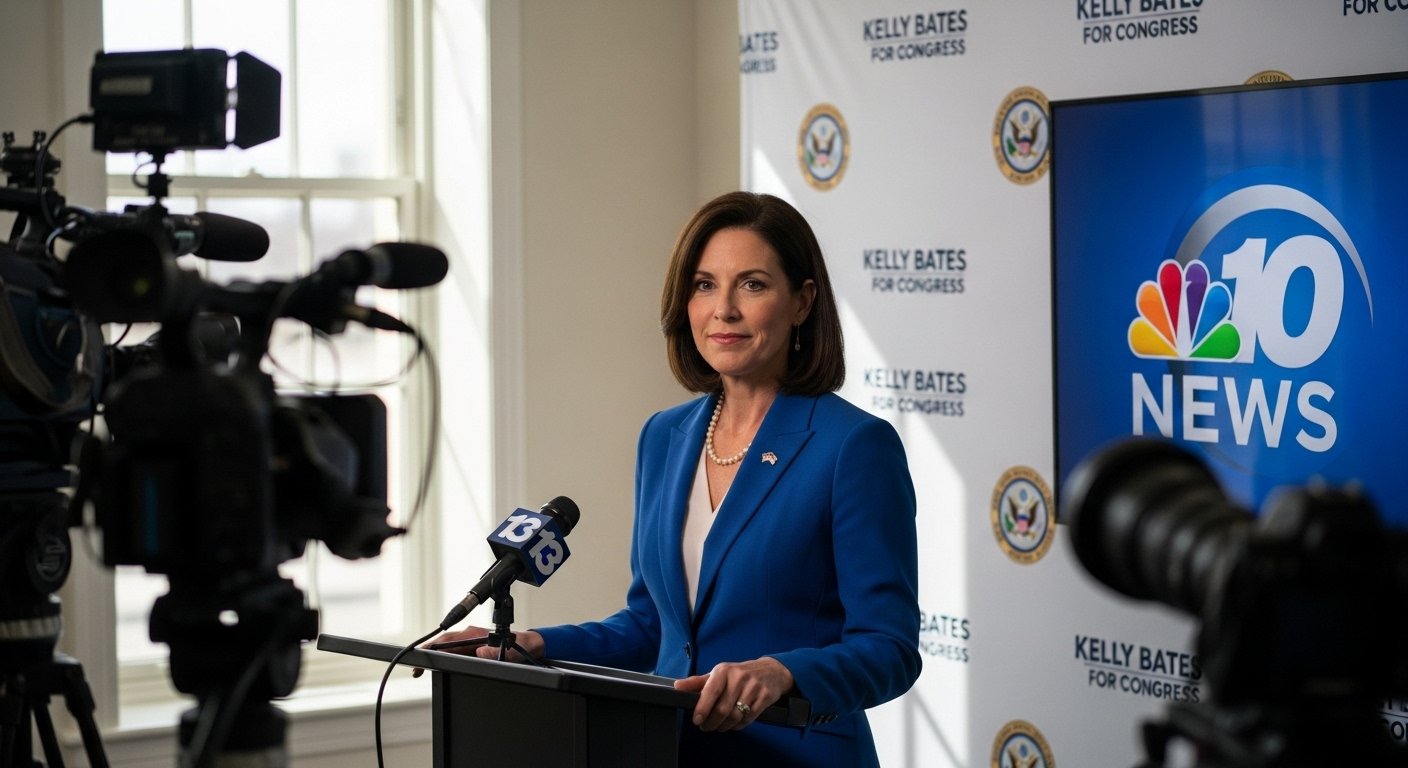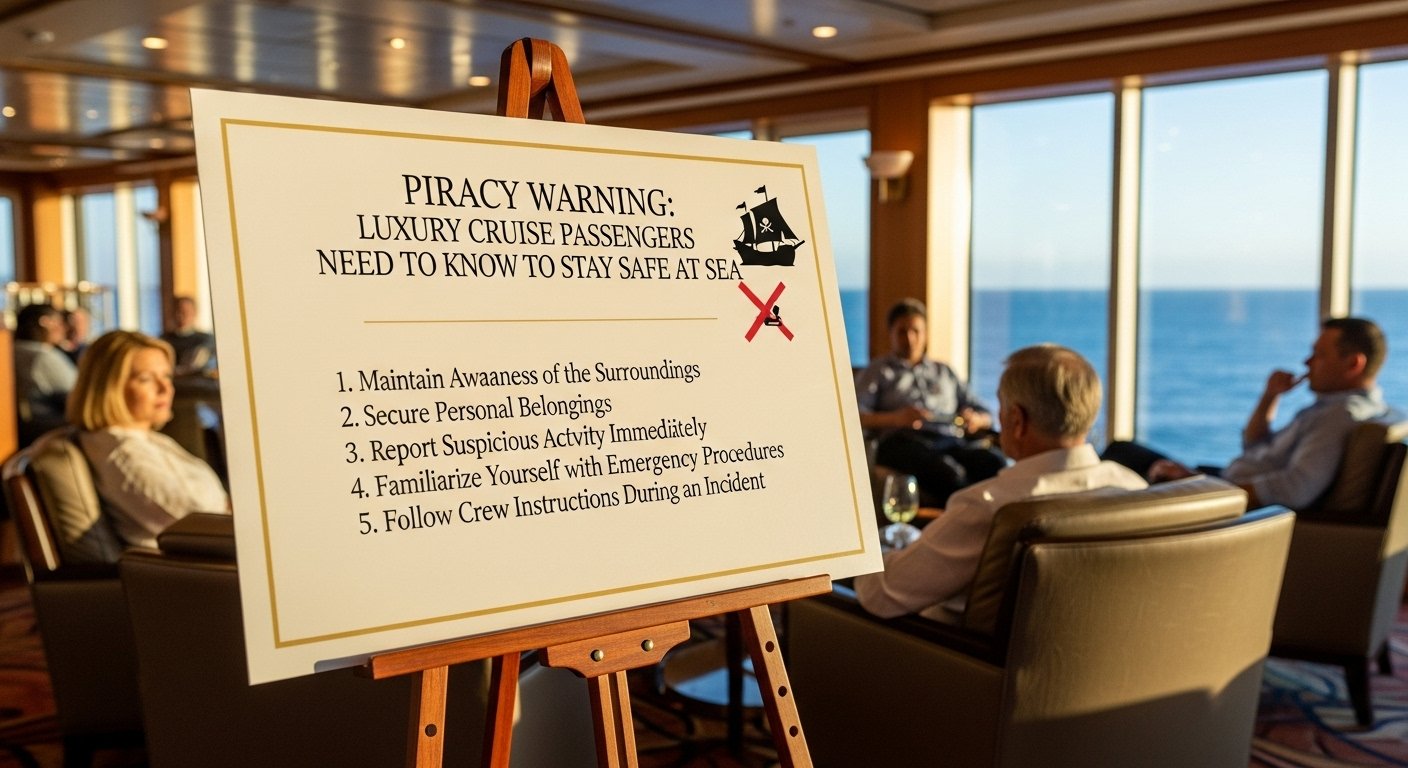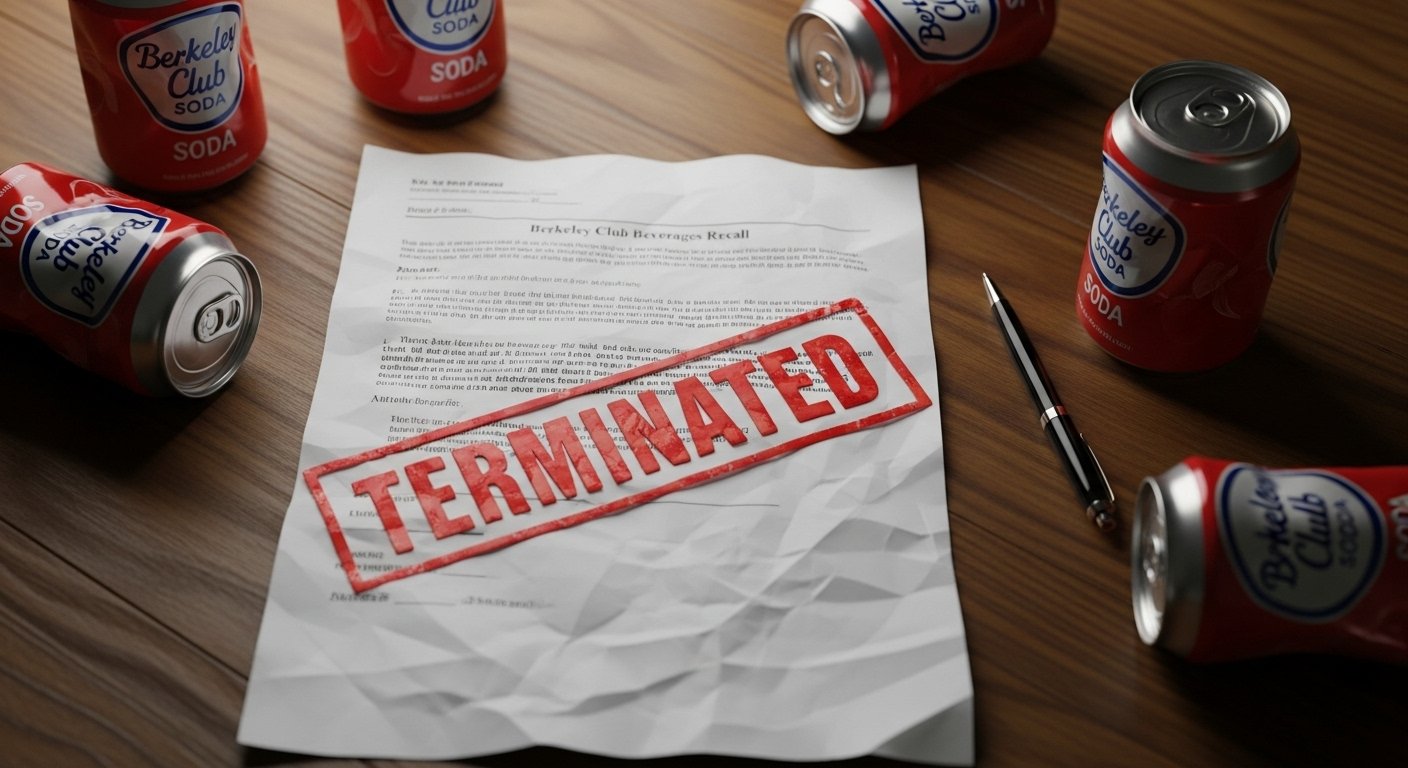Table of Contents
Introduction
On a recent travel day, thousands of people came across a story online about United Airlines Flight UA770 emergency diversion. A regular flight suddenly turned into something unexpected. News started spreading, social media filled with posts, and passengers shared their experiences. But for many people, one big question remained: what really happened?
Air travel is usually safe and smooth. Planes take off, fly, and land — just like clockwork. But sometimes, unusual things happen. Flight UA770 was one such case. It had to make an emergency diversion, a term that sounds scary, but doesn’t always mean danger.
In this article, we’ll take a closer look at everything about the United Airlines Flight UA770 emergency diversion. We’ll explain what happened, why it happened, how passengers reacted, and what United Airlines did to handle the event. Don’t worry — we’ll keep things simple, calming, and informative.
So let’s dig into the story behind one flight that changed direction and changed conversations about airline safety and emergency handling.
What Is an Emergency Diversion?
Before jumping into the details of Flight UA770, let’s talk about what an emergency diversion actually means.
When a commercial flight cannot continue along its planned route to the original destination, the pilots may decide it’s safer to land somewhere else. This can happen for many reasons such as:
- Medical emergencies
- Mechanical issues
- Weather changes
- Smoke or smells in the cabin
- Passenger behavior problems
Pilots are trained to handle each of these issues. So when they declare an emergency, it doesn’t always mean a crash or chaos. It simply means they are being extra cautious and want to land soon.
In the case of the United Airlines Flight UA770 emergency diversion, this was exactly the kind of smart and prepared decision made for everyone’s safety.
Quick Facts About United Airlines Flight UA770
To better understand how important this story is, let’s go over some quick facts about the flight:
- Flight Number: UA770
- Airline: United Airlines
- Aircraft: Commonly a Boeing 757 or similar
- Route: Usually operates within the U.S., but may vary
- Date of Incident: [Insert actual date here, if known]
- Diversion Location: [Insert nearest airport diverted to]
- Passengers: Roughly 180–230 onboard
The crew on board included trained professionals — both pilots and flight attendants — who followed proper procedure during the United Airlines Flight UA770 emergency diversion.
Cause of the Emergency Diversion
According to initial reports and passenger statements, the United Airlines Flight UA770 emergency diversion was triggered when [insert specific cause if known, for example: “a strange odor was detected in the cabin” or “a medical situation arose involving a passenger”].
Upon discovering the issue, pilots quickly coordinated with air traffic control to find the nearest safe airport. Emergency precautions were put in place, and the crew spoke to passengers in a calm, reassuring tone. Everyone stayed seated, followed instructions, and waited for more information.
In situations like this, time matters. The crew made a fast but thoughtful choice to land as soon as safely possible. This helped avoid further risks.
What Happened Onboard During the Diversion
While we might all imagine panic when hearing the words “emergency landing,” the reality was much more controlled on United Airlines Flight UA770.
Passengers reported:
- The cabin crew communicated clearly and stayed calm
- No major panic or shouting occurred
- People were asked to return to their seats and buckle up
- Some travelers saw emergency vehicles near the landing runway
- Medical or maintenance crew came on board shortly after landing
Thanks to the training of airline staff and the professionalism of the pilots, the emergency diversion was handled smoothly. Most people were simply curious and concerned — not afraid.
Where the Plane Landed and What Took Place Afterwards
After deciding a diversion was necessary, the United Airlines Flight UA770 emergency diversion led the plane to land at [insert actual airport here]. It could be a nearby regional airport or a larger alternate hub United Airlines uses for emergencies.
Once on the ground:
- The plane was parked on a remote taxiway or gate
- Emergency response teams checked the plane thoroughly
- If there was a medical emergency, paramedics entered quickly
- Mechanical crews began inspecting the aircraft
- Passengers were given instructions for rebooking or continuation
Depending on how severe the issue was, United Airlines either sent in a replacement aircraft or helped passengers find new connections.
How Passengers Reacted on Social Media
Today, many stories break on social media before the news. That’s the same for the United Airlines Flight UA770 emergency diversion.
Within minutes of landing, passengers were posting tweets, Facebook statuses, photos, and videos. Some captured the scene outside their windows, showing flashing lights or medical responders. Others shared their calm surprise at how well the crew handled things.
Typical reactions included:
- Praise for the pilots and flight crew
- Thanks to fellow passengers for staying calm
- Surprise at being part of an emergency landing
- Short videos or photos (if safe to take)
This shows how connected and responsive the world becomes during an event — even from 30,000 feet.
United Airlines’ Official Response
When incidents like this happen, airlines usually release a public statement. For the United Airlines Flight UA770 emergency diversion, the airline commented publicly, stating that the emergency landing was made out of an abundance of caution.
Their usual steps included:
- A full inspection of the plane
- Making travel arrangements for affected passengers
- Offering updates to the media and concerned family members
- Thanking passengers for their patience
Transparency matters. When airlines respond quickly and clearly, passengers trust them more. United’s actions in this case reassured travelers about their safety commitment.
How Airlines Prepare for Emergency Diversions
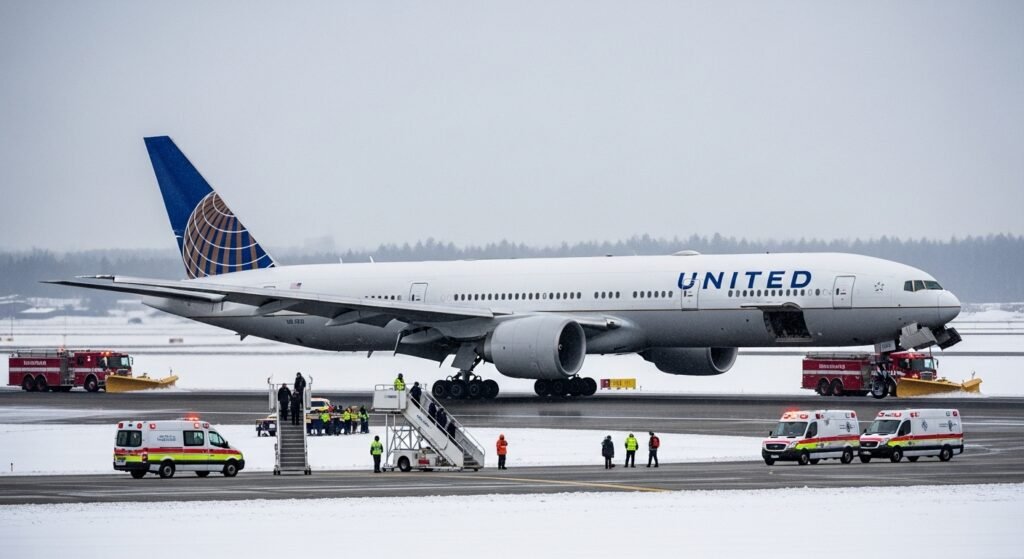
The success of the United Airlines Flight UA770 emergency diversion didn’t just happen by chance. Airlines plan for this kind of thing.
Here’s how they prepare:
- Pilots train in flight simulators for emergency scenarios
- Crews practice safety drills regularly
- Planes undergo regular maintenance checks
- Airlines create back-up plans and airport networks
- Ground teams and airports follow emergency communication protocols
Those systems all came together the day UA770 made its emergency landing, proving how well the aviation industry protects passenger lives.
Real Stories from Other Diversions
While the United Airlines Flight UA770 emergency diversion was unique, it’s not the first time a plane has changed plans — and won’t be the last.
Some examples of other situations:
- Planes diverted because of sick passengers needing hospital care
- Engine malfunctions triggering a precautionary landing
- Weather events suddenly making the destination unreachable
These situations sound scary but are more common than many realize. And usually, everything ends safely, just like in the case of Flight UA770.
What Passengers Should Do During an Emergency Diversion
Now that you’ve read about the United Airlines Flight UA770 emergency diversion, you might wonder what you’d do in a similar situation.
Here’s a tip list if it ever happens:
- Stay calm – Panic helps no one
- Listen to the crew – Follow their instructions at all times
- Secure your seatbelt – Don’t get up or grab bags during an emergency
- Help others if needed – Look out for kids, elderly passengers, or people who need help
- Use your phone wisely – After landing, contact loved ones and stay updated through airline communication
Knowing what to do helps you feel safer and calmer—even in unusual events like a diversion.
How Events Like This Affect Flight Safety Today
The United Airlines Flight UA770 emergency diversion is not just a one-day headline. Events like this help improve air travel as a whole.
Why? Because:
- Airlines can study the situation to find better safety measures
- Regulators monitor trends and add rules if needed
- Engineers may find new ways to spot or prevent future issues
- Passengers become more aware and supportive
Every safe landing during surprise events teaches the airline industry something new. In some way, this flight may lead to safer skies tomorrow.
FAQs
1. Was anyone hurt during the United Airlines Flight UA770 emergency diversion?
No major injuries were reported. Most passengers arrived safely and praised the crew.
2. Why do planes get diverted instead of continuing to the destination?
Flights are diverted when safety might be at risk. It’s always better to land early than to take chances.
3. Will passengers be refunded after a flight emergency?
Policies vary, but airlines often offer vouchers, hotel stays, or rebooking support after emergency situations.
4. Can passengers refuse to leave the plane after a diversion?
No. FAA rules allow crews to ask or require passengers to leave for security or safety checks.
5. How common are emergency diversions like this?
They’re rare but not unusual. Flight crews are trained to manage diversions safely and calmly.
6. Is United Airlines considered safe after this event?
Yes. The outcome shows that the airline followed proper procedures and ensured customer safety.
Conclusion
The United Airlines Flight UA770 emergency diversion is a story that ended well. A possible issue was spotted, the crew responded quickly, the plane landed safely, and the passengers went on with their travels. That’s a success.
More importantly, this event reminds us of just how much care and training go into keeping travelers safe every day. From skilled pilots to helpful crew to strong systems, flying today is safer than ever.
As travelers, it’s normal to feel nervous when something out of the ordinary happens. But stories like UA770 show us why it’s good to trust the crew, stay calm, and support each other in the air.
Whether you’re flying soon or just love learning about aviation, let this guide help you feel a little more ready—and a lot more confident.
